Description
What is a UHF 150-Watt Power Amplifier?
The UHF 150 Watt Power Amplifier CTRF-ANTENNA-PA-300-500-150W RF Amplifier is a UHF 300-500MHz 150Watts RF Power Amplifier extra-wide band UHF power amplifier includes 420Mhz, 433MHz, 435Mhz frequencies, and 150 watts output power amplifier supplied by C&T RF Antennas Inc.
Besides the UHF 150-Watt Power Amplifier with a 300-500MHz amplifier, other customized frequency power amplifiers are acceptable.
RF Amplifier UHF 300-500MHz 150 Watt Power Amplifier Is Supplied At C&T RF Antennas Inc. we provide RF products with RF antennas, Antenna Accessories, Amplifiers, And Repeaters.
C&T RF Antennas Inc provides internal & external antennas with antenna radio frequencies such as NFC, 169MHz, 230MHz, 315MHz, 433MHz, 868MHz, 915MHz, VHF&UHF, Lora, NB-IoT, ADS-B, GSM, GNSS, GPRS, 1.2 GHz, 1.4 GHz, 1.8 GHz, Wi-Fi 2.4 GHz, 5.8 GHz, Cellular 2G, 3G, 3.5 GHz, 4G LTE, GPS, 5G NR, 6G, etc.
C&T RF Antennas Inc. provides RF antennae with Omni & Directional antenna types such as Dipole Antennas, Whip Antennas, Marine Antennas, Router Antennas, MIMO Antennas, Combo Antennas, PCB Antennas, FPC Antennas, Spring Antennas, Magnetic Antennas, Sector Antennas, Yagi Antennas, and Accessories, etc, for IoT & M2M industries.
Contact Us For The UHF 150 Watt Power Amplifier Price, UHF 150 Watt Power Amplifier datasheet, UHF 150 Watt Power Amplifier inventory, or other power amplifier types. Contact us now.
UHF 150-Watt Power Amplifier Technical Specifications:
| Frequency(MHz) | 300-500 |
| Output Power(dBm) | 52±1(150watts) |
| Max input power | 15dBm |
| ALC Range(dB) | ≥25 |
| Gain(dB) | 55±1 |
| Gain Adjustment Range(dB) | >30/1dB step or Customized |
| Gain Adjustment Linearity(dB) | ≤±1 |
| Impedance(ohm) | 50 |
| VSWR | ≤1.5:1 |
| Voltage(V) | DC+28-32V |
| Power Current | ≤11A |
| RF Connector | SMA-50K or other Customized |
| RF monitor(MON) | Output signal detection port, the test value=actual power-50db |
| Working Temperature | -20~+55 degree |
| Operating Humidity | 0 to 90%, relative |
| weight | ≤1.5KG |
| Surface Color | Metal color conductive oxide and other colors customized |
| Switch | Turn off at input power ≤-45dBm |
Led status
| LED1 | OFF | PA works normally. |
| Light | ALC>1 | |
| LED2
LED3
|
LED2 light on and off each 1second and LED3 Light | PA works normally.
|
| LED2 off and LED3Light | The PA works normally, but no input signal or input signal is less than -45dbm. | |
| LED2 Fast flash and LED3 Light | Input buffer (digital attenuator slowly decreases). | |
| LED2 light on and off each 1second and LED3 off | The PA power off due to over-temperature, and automatically restart when the temperature drops to 55 degrees | |
| LED2 light on and off each 0.5second and LED3 off | Wait for restart (PA will wait for 3min,5min,10min,10min,20min when PA power off due to Over current, overvoltage, overpowering, or VSWR, then automatically restart after PA ) | |
| LED2 light and LED3 Light | It restarts successfully but no input signal after module protection | |
| LED2 light and LED3 off | Restart failure (if 5 times cannot restart successfully and prompt failure, it needs manual exclusion). |
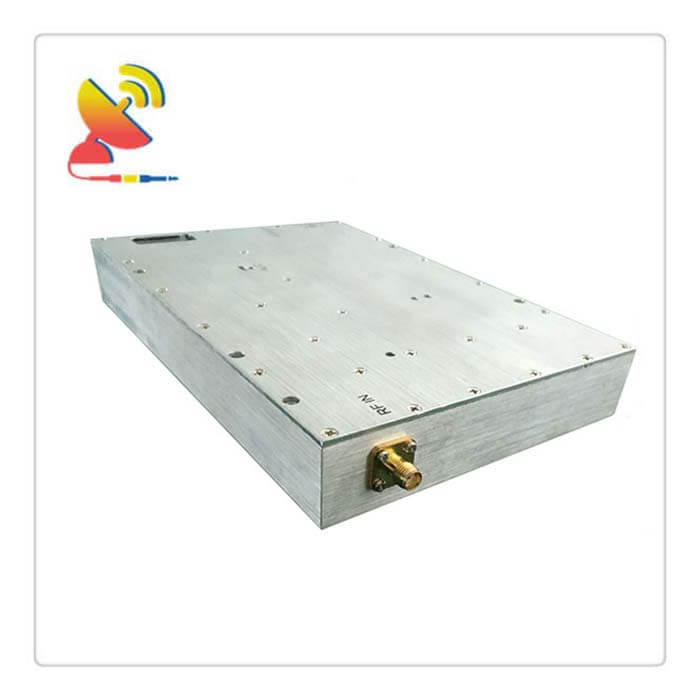
The basic principle of a power amplifier
High output power
The output power is required to be as large as possible. In order to obtain a large power output, the voltage and current of the power amplifier tube are required to have a sufficiently large output amplitude, so the tube often works in a state close to the limit.
High efficiency
The efficiency should be high. Because the output power is large, the power consumed by the DC power supply is also large, and there is an efficiency problem. The so-called efficiency is the ratio of the useful signal power obtained by the load to the DC power supplied by the power supply. The larger the ratio, the higher the efficiency.
Non-linear distortion should be small
Non-linear distortion requires the power amplifier circuit to work under a large signal, so non-linear distortion will inevitably occur, and the greater the output power of the same power amplifier tube, the more serious the non-linear distortion, which makes the output power and non-linear distortion become One pair of main contradictions.
However, on different occasions, the requirements for nonlinear distortion are different. For example, in measurement systems and electro-acoustic equipment, this problem is important. In industrial control systems and other occasions, the output power is the main purpose. The requirement of linear distortion is reduced to a secondary problem.

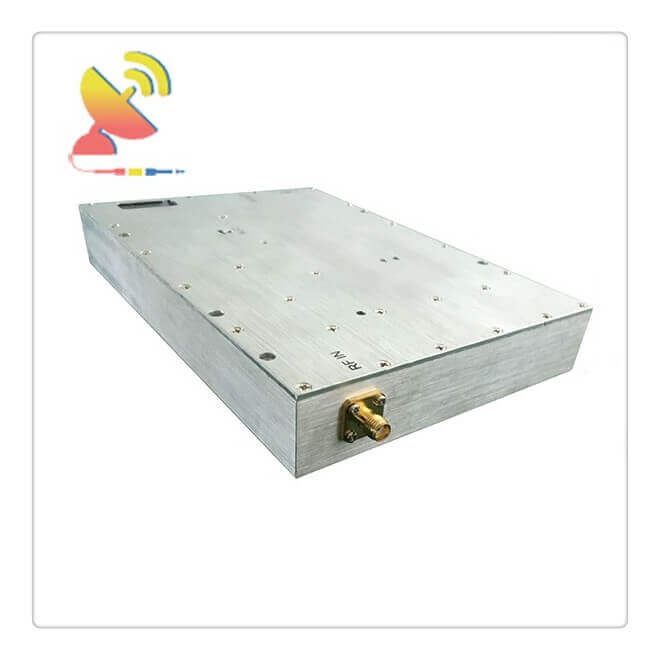
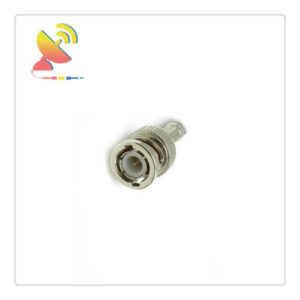
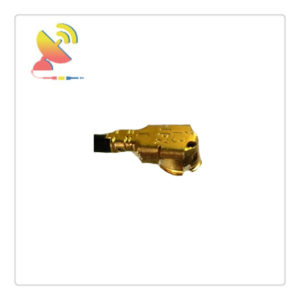
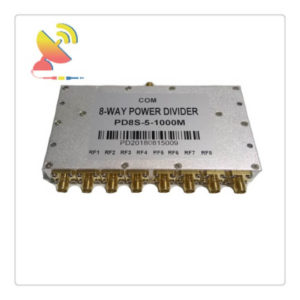
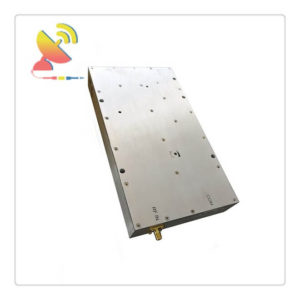
Reviews
There are no reviews yet.